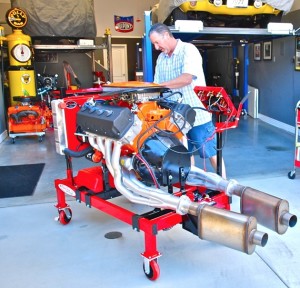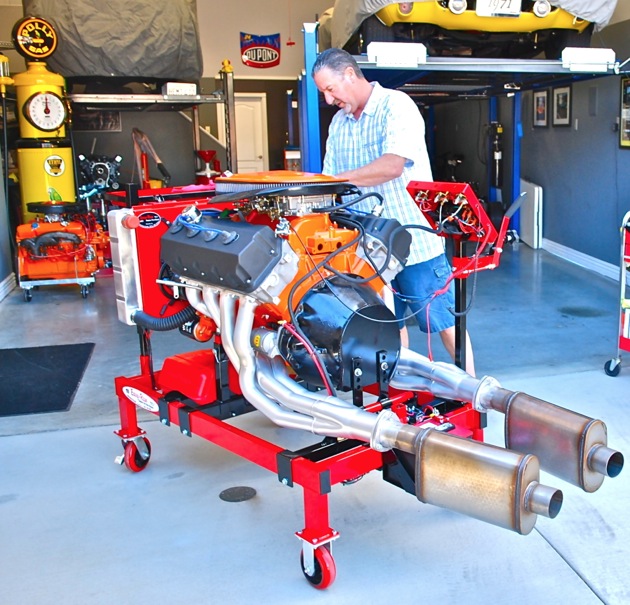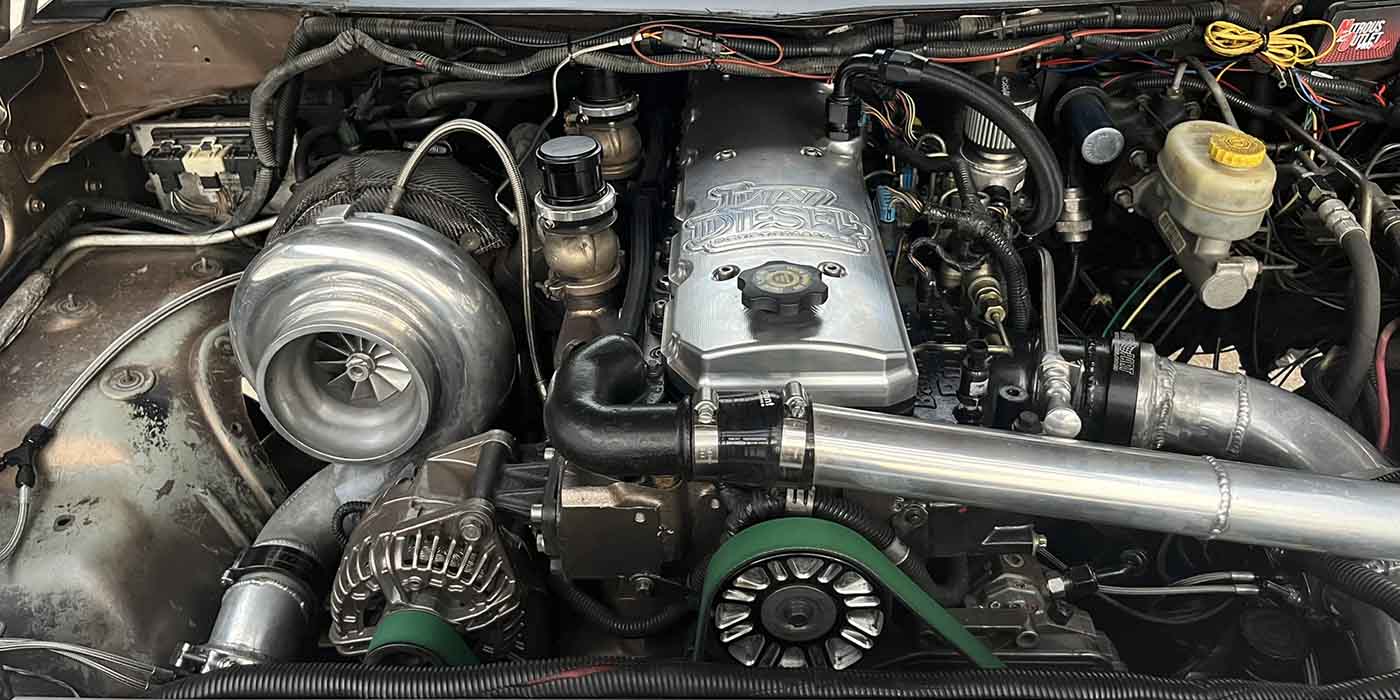Engine test stands have evolved through development and engineering to help support engine shops, dyno testing facilities and technical trade schools, as well as manufactures.

When the topic of dyno testing is tossed around, many think of exhausting every ounce of horsepower and torque. Others focus on profits and cost per hour. This is where a well-engineered engine run stand can help aid as a cost-effective option.
Considerations for selecting a reputable run stand:
1. Engine run stands are portable for ease of engine installation and test run locations and can alleviate tying up the dyno cell.
2. Provide a simple yet effective means to test and/or break-in camshafts, adjust valves, check for oil and water leaks, preform leak down test, test fit components, break in new headers with coatings and heat cycle the engine many times to be sure all gaskets and seals are sealing well.
3. Allows for accessibility to re-tighten fasteners, change oil and filters, verify engine timing or verify a basic tune with an air-fuel meter.
4. Enables the user to determine problems and offers ease to address most repairs and re-check for problems while on the run stand.
5. Customers can see their engines run prior to taking it home without tying up valuable dyno time, providing additional customer satisfaction.
Removing the engine from a well-engineered run stand should only take a few minutes and be easy to perform.
6. Should there be an engine returned for a problem, run stands provide flexibility for quick engine mounting, test run and problem-solving, while keeping labor costs down.
7. Test run stands provide an opportunity to generate additional revenue, as many customer can’t afford the dyno time, but would consider a lesser cost/charge to be sure their engine runs correctly before installing into their special vehicle or marine applications.
Source: Easy-Run Engine Test Stands (www.easy-run.net)














